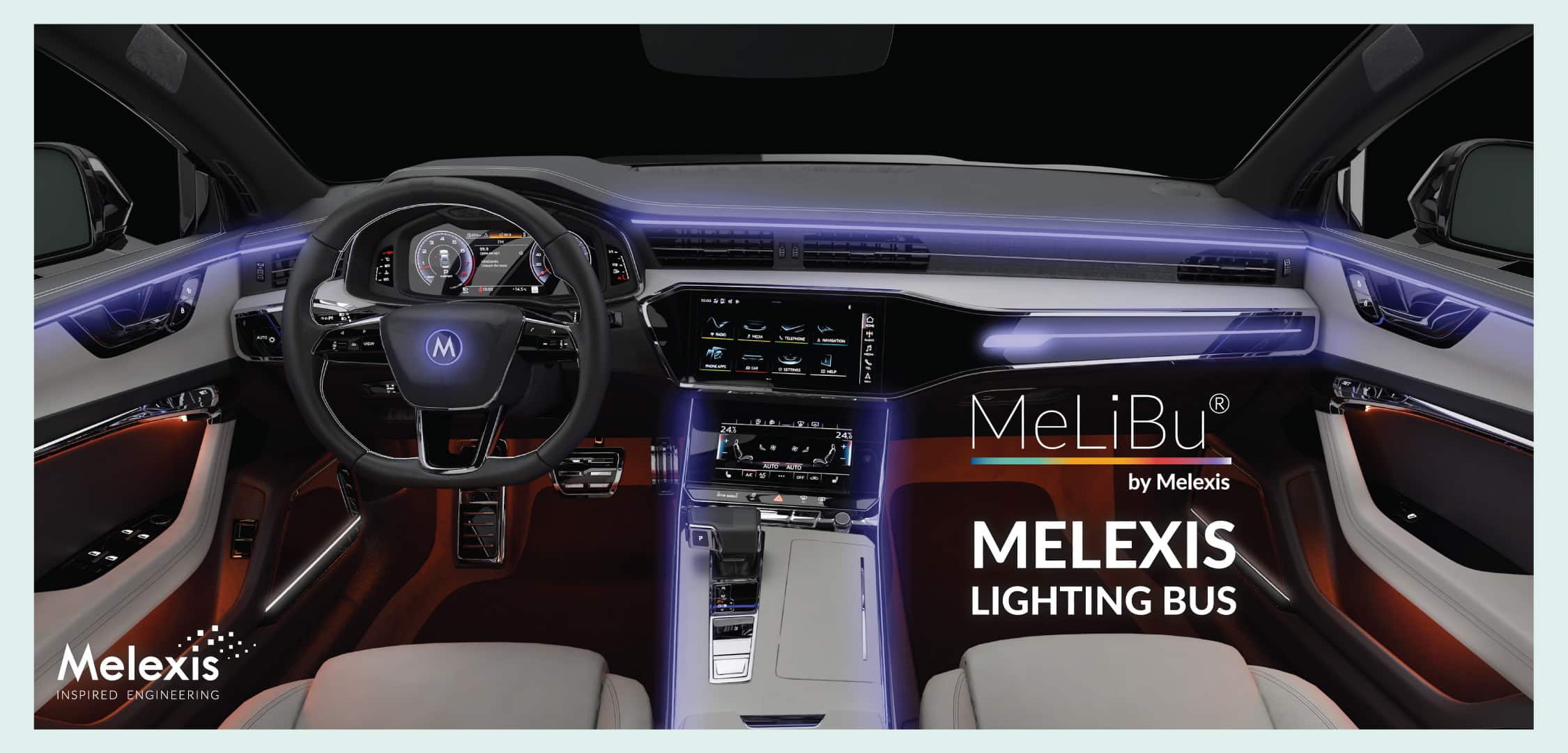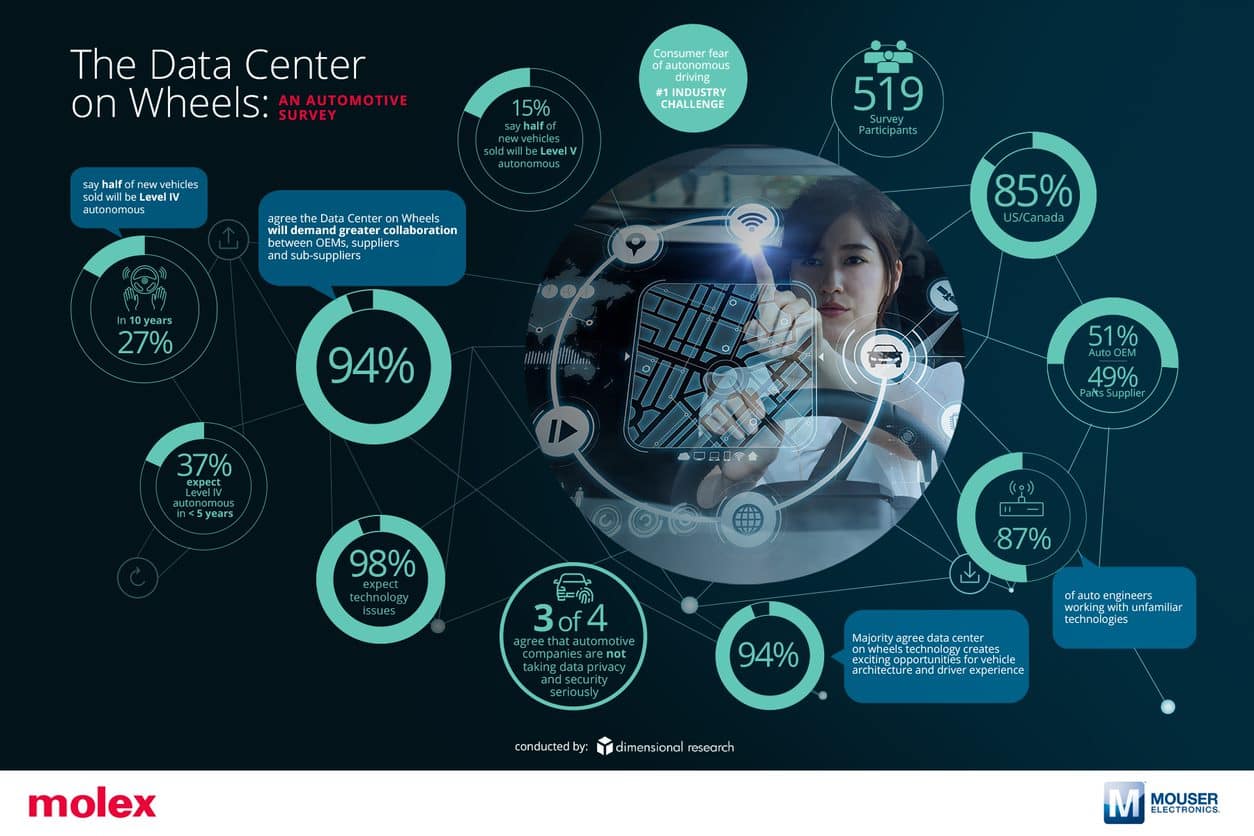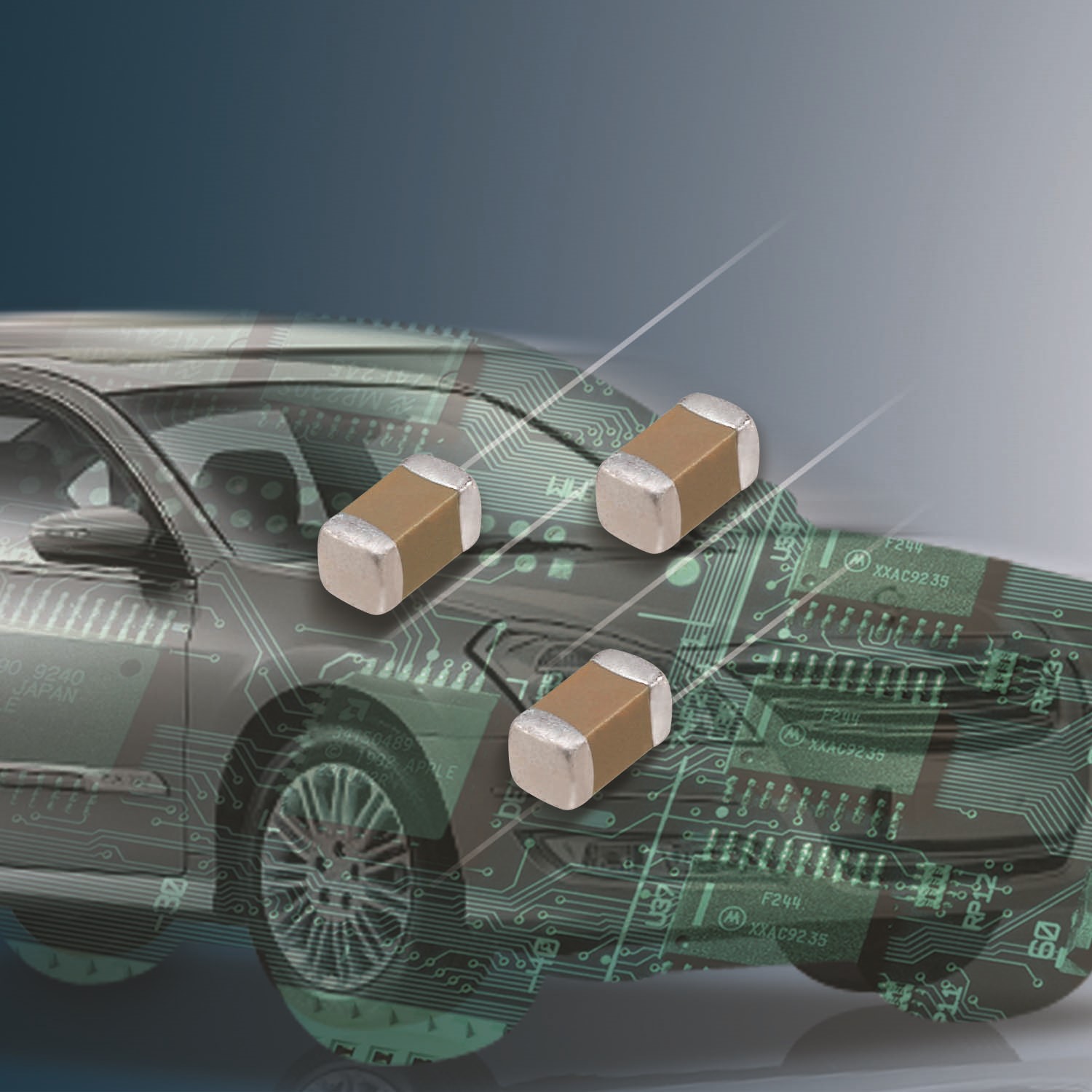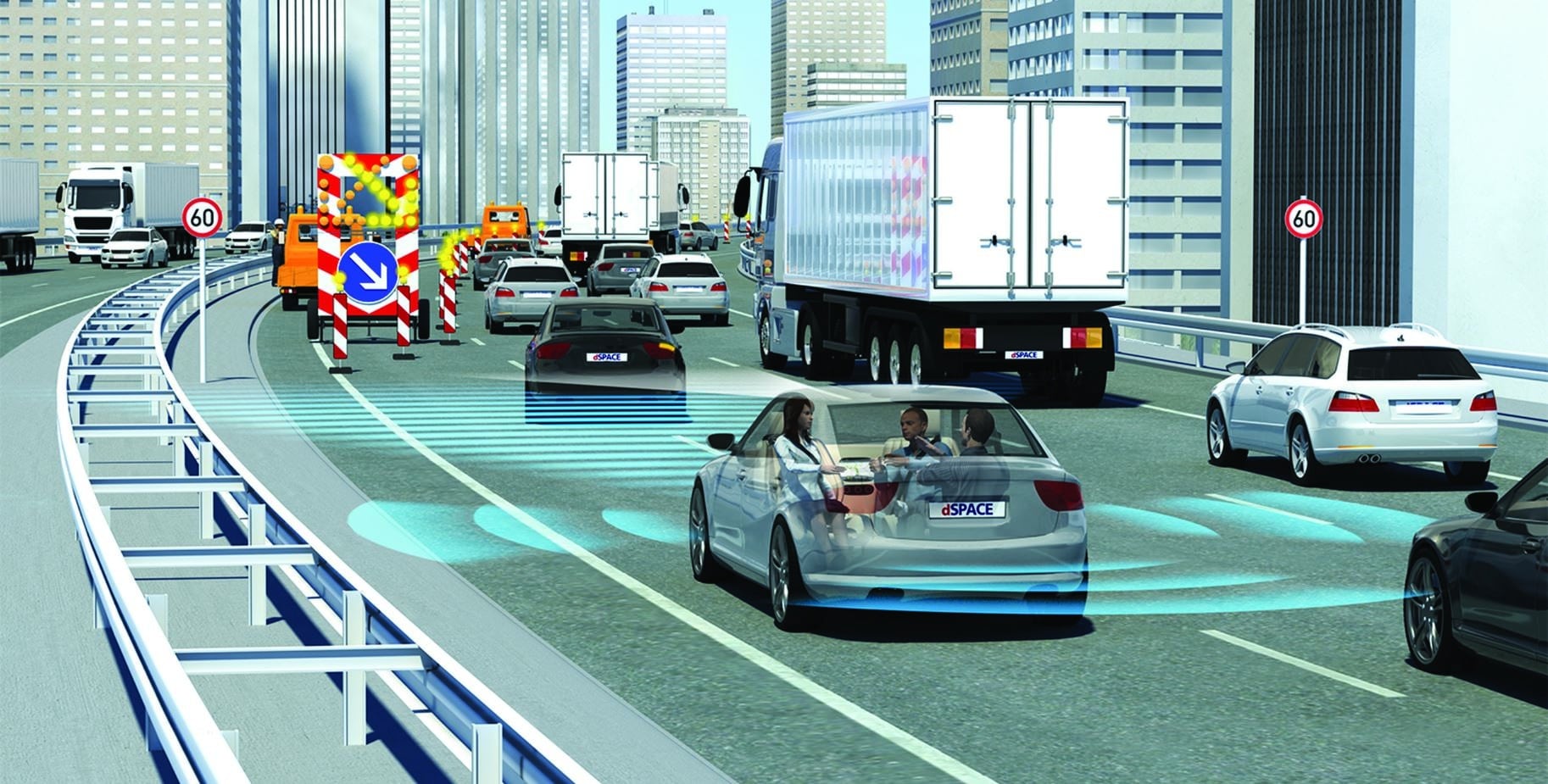Since the beginnings of the vehicle industry, just over a century ago, vehicle manufacturers have sought ways to distinguish their models from those of the competition. For much of the ensuing decades, this distinction was predominately based on the development of automobiles that offered better capabilities or good road handling. However, in recent times this has changed. Now, service customers are more interested in a greater degree of comfort and a better overall user experience than in the amounts of top speed or horsepower of a vehicle. It is in the interiors of modern vehicles that much of the improvement work has to be done. The next article aims to highlight precisely how this is being done.
Advanced lighting implementations
Vehicle manufacturers are finally recognizing the relevance of interior lighting, both from a safety and comfort perspective. The ability to alter the environment to better suit the preferences of the vehicle's occupants is a game-changer, as it allows customization without hardware adjustments. It can also be adjusted to suit your mood at any given time.
However, there is the possibility of going further. As higher levels of autonomy are incorporated, the concentration of car drivers on the road may disappear. For this reason, smart lighting will play an essential role in alerting them to any imminent risk. In such circumstances, the vehicle may turn on the interior lighting in red to attract the driver's attention so that they are ready to respond. Also, you could tell passengers in a stationary vehicle not to open their door if a jogger is about to pass by lighting up the ornament. Animated lighting functionality could be paired with interior lighting to add even more emphasis to the gravity of a situation.
driver monitoring
The technology of active driver control systems (DMS) in real time is going to be another fundamental aspect through which it is going to be possible to provide intelligence to the interiors of cars in the future. In such a case, some complex sensors, which surely take advantage of a time-of-flight (ToF) mechanism, will be able to track where the driver's attention is directed and if both hands are on the wheel. If his attention has been distracted in any way or he shows signs of fatigue, and a critical situation arises for which he is unable to react with sufficient speed, the vehicle can intervene and take the necessary measures.
Thanks to ToF technology, accurate three-dimensional (3D) representations can be quickly achieved and the data can be harnessed. This technology can also be useful for occupant identification. Let the vehicle determine if there are children or adults in the passenger seats. The airbag deployment mechanism can then be adjusted accordingly. Because this form of imaging relies on infrared (IR) and not perceptible light, changes in environmental conditions will not affect operational performance.
Increased responsiveness of controls
The interiors of smart cars will make greater use of x-by-wire technology, since the steering wheel and the brake, accelerator and gear lever pedals will no longer depend on large mechanical devices and with certain inconveniences of reliability. In place, high-precision location sensors will be able to determine the movement of these elements (both linear and rotary) and react appropriately.
gesture recognition
One of the best ways to prevent driver distraction is to make the human-machine interfaces (HMIs) they have to manipulate as easy and intuitive as possible. If control can be accomplished through simple hand gestures (instead of having to operate a touch screen, press buttons, turn controls, etc.), the driver will only have to divert his attention for the shortest periods. With the support of suitable imaging technology, numerous tasks could be accomplished through gesture recognition. This could significantly reduce the risk of traffic accidents and does not suffer from background noise issues associated with voice control.
According to a report published by the analysis company Global Market Insights, the business of gesture recognition systems in the automotive field will be valued at more than two thousand five hundred million US dollars in two thousand and twenty-six, which proves that the adoption of these systems has already begun. The use of these systems can be very varied. Compared to a vehicle's infotainment system, a few simple hand movements will allow the user to browse free content and now choose an album or song to play. You can move and select different radio stations and turn the speaker volume up/down as needed.
As far as the navigation system is concerned, a movement of the fingers would allow us to approach a specific point on a map. When making phone calls, it would be possible to access the contact list and then dial a number without interrupting the driver's concentration. The doors could open automatically through gesture recognition when the driver approaches his vehicle. This could be really useful for people with disabilities or those who carry heavy objects.
A more efficient air conditioning
Keeping the interior of the vehicle at optimal temperatures is another function that can be easily addressed through the implementation of advanced sensor technology. This aspect is becoming more and more essential, as an increasing percentage of people switch from passenger cars with internal combustion engines to electric cars (EVs). Obviously, EVs cannot use the heat generated by the engine, but rely on complex thermal management systems. Climate control in electric cars must be as effective as possible, otherwise valuable battery energy (which could be used to extend the vehicle's range) is wasted. Thermal imaging data can be acquired that will display the temperature of each vehicle occupant. This can be used to adjust the climate in each area of the cabin to the desired level.
upgraded seats
Faced with long commutes to work, many of us are going to be spending more time in our cars. Providing vehicle occupants with comfortable and functional seats is another key element of the interior layout of future automobiles. New design concepts and the use of new materials will improve the look and feel of these seats, which will be more like those in the home. Thanks to today's technology, it is possible to have seats precisely adjusted to the preferences of each occupant, even before they enter the vehicle. The fans integrated directly into these seats will translate into more efficient cooling, while the massage mechanisms will soothe lower back pain (which is likely to be invaluable on longer journeys). Alongside all this, complex seat belt detection is going to be essential from the perspective of occupant safety.
supporting technology
Through its ever-expanding portfolio of advanced semiconductor solutions for the vehicle, Melexis contributes to making the term smart cabin just outlined a reality. Its 3D ToF camera ICs are highly optimized for DMS activities, offering both the robustness and resolution levels required for sunlight. This ToF hardware can also be applied to control based on air gestures.
The company's high-precision magnetic positioning sensors are making driving activities essential, providing precise x-by-wire functionality for responsive, comfortable and responsive operation. In addition, the magnetized and pressure sensors it offers, as well as the integrated motor and fan control circuits, are increasing comfort and personalization in vehicle seats. Seat belt detection systems, based on their magnetic detection devices, allow the occupants to always be well seated. In addition to this, Melexis IR sensor arrays allow for non-contact temperature measurements, so HVAC systems are used in the most efficient and energy-effective way.
Conclusion
The automobiles entering the market today come with a much larger spectrum of features than previously thought possible. As the global automotive arena moves into the realm of autonomous operation, the role of the driver will gradually be canceled and each and every one of the occupants of the vehicle will end up being considered as passengers. By embracing new technological innovations, it will be possible to transform car interiors, making them more in keeping with the new set of expectations these occupants are going to have.
The high-performance sensor technology described above, and the enormous number of applications that are likely to benefit from it, make it clear that there is enormous potential to enrich automotive interior designs. In this way, they will be able to accommodate new types of HMI (human-machine interfaces) that improve the interaction between the occupants and the vehicle itself, such as real-time monitoring of the occupants to ensure their comfort and safety. The Melexis engineering team is continually looking for clever ways to help manufacturers make the cabins of their passenger cars more intelligent. In the near future, the progression will be even greater.
Implementation of greater intelligence in car interiors
By Cédric Deléglise, Head of Technical Content Marketing, Melexis.








